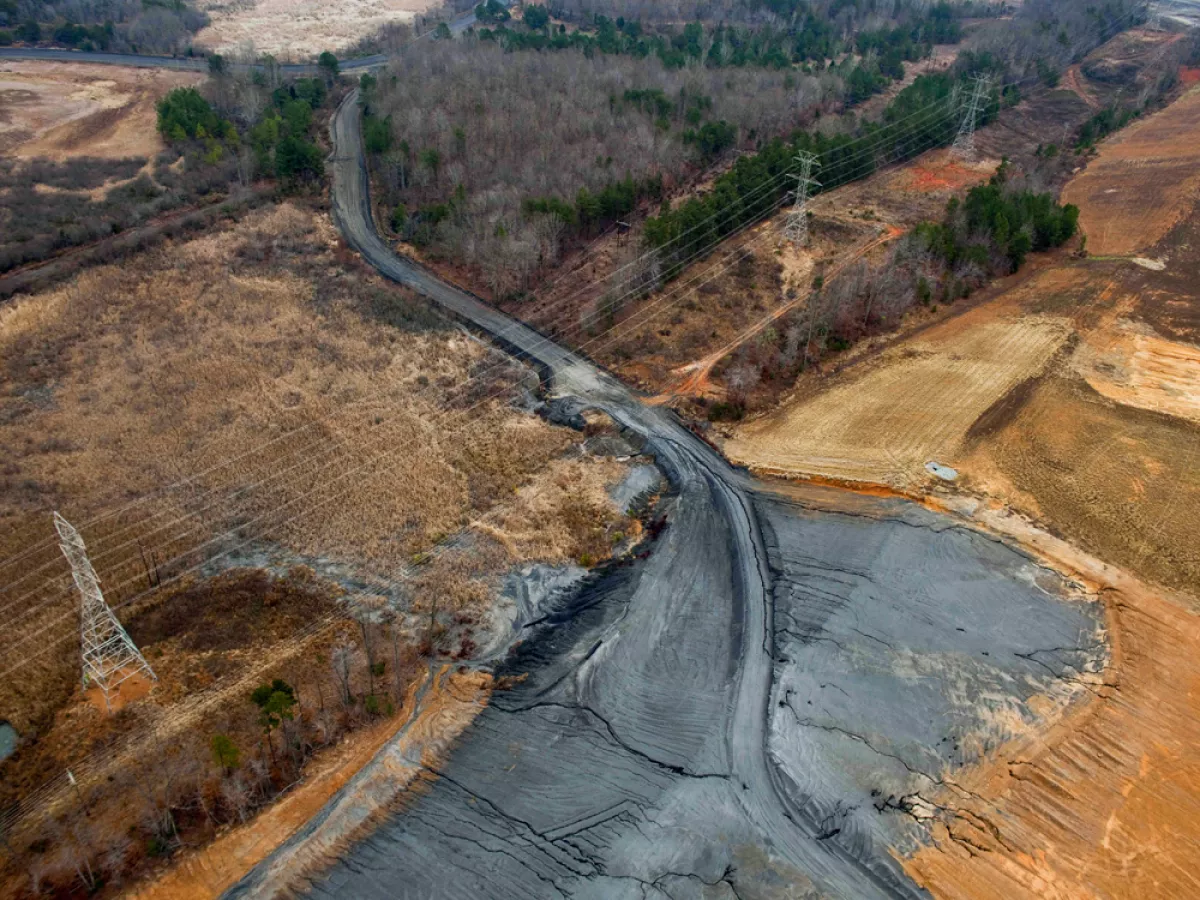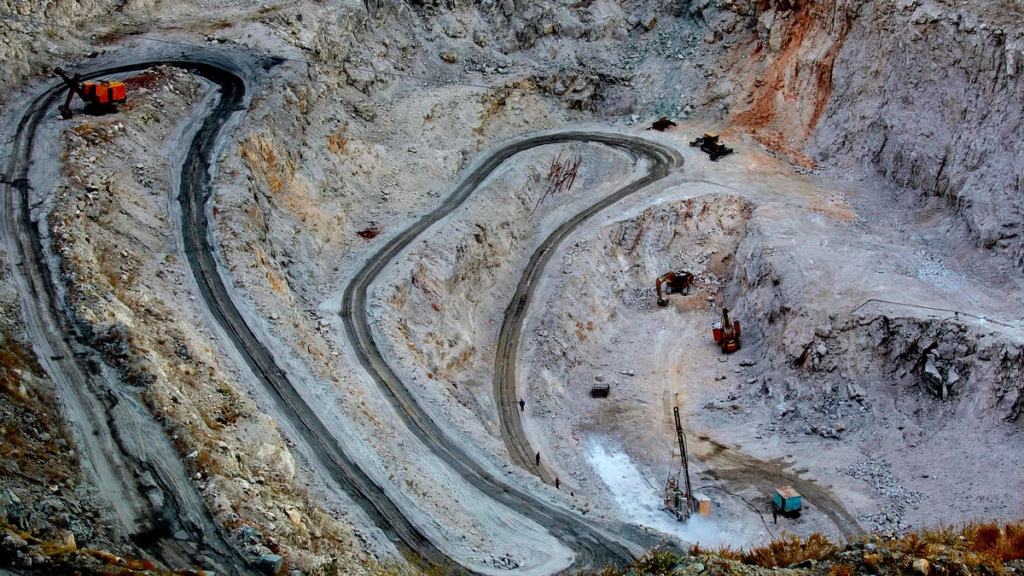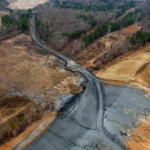Finding Rare Earth Elements in Coal Ash

Coal ash, a byproduct of coal combustion, has long been considered a waste material with limited value. However, recent advancements in technology and a growing demand for rare earth elements (REEs) have shed new light on this often-overlooked resource. Coal ash is now recognized as a significant source of REEs, offering a potential solution to the global supply challenge and providing economic opportunities.
The Value of Rare Earth Elements
Rare earth elements are a group of 17 chemically similar metallic elements that are essential for a wide range of modern technologies, including electronics, renewable energy systems, and defense applications. The demand for REEs has surged in recent years, driven by the growth of industries such as electric vehicles, wind turbines, and consumer electronics. However, the supply of REEs is concentrated in a few countries, with China being the dominant producer, controlling over 70% of global output.
Coal Ash as a Source of REEs
Coal ash, which is produced in large quantities by coal-fired power plants, contains a variety of valuable minerals, including REEs. The concentration of REEs in coal ash can vary depending on the type of coal and the combustion process, but it is often comparable to that found in traditional REE ores. For instance, some studies have shown that coal ash can contain several hundred parts per million (ppm) of REEs, making it a viable source for extraction.
Extraction Technologies
Several technologies are being developed and implemented to extract REEs from coal ash. These include:
- Physical Separation: This method involves using physical processes such as magnetic separation and flotation to concentrate the REE-bearing minerals in coal ash.
- Chemical Leaching: Chemical leaching uses acids or other reagents to dissolve and extract REEs from coal ash. This method can be effective but may require further refinement to improve efficiency and reduce environmental impact.
- Biological Methods: Biological approaches, such as the use of bacteria or fungi, are being explored to selectively extract REEs from coal ash. These methods offer the potential for more environmentally friendly and cost-effective extraction processes.
- Advanced Separation Techniques: Innovative separation techniques, such as solvent extraction and ion exchange, are also being developed to recover REEs from coal ash more efficiently.
Economic and Environmental Benefits
The extraction of REEs from coal ash offers several economic and environmental benefits:
- Economic Opportunities: Developing REE extraction technologies from coal ash can create new economic opportunities, including job creation and investment in advanced manufacturing and processing facilities.
- Reduced Dependence on Imports: By extracting REEs domestically, countries can reduce their dependence on imports and enhance their economic security.
- Environmental Benefits: Utilizing coal ash for REE extraction can help reduce the environmental impact of coal combustion byproducts, which are often disposed of in landfills or surface impoundments. This can lead to a reduction in land use and potential environmental contamination.
- Support for Renewable Energy: REEs are critical for the production of renewable energy technologies, such as wind turbines and electric vehicles. Increasing the domestic supply of REEs can support the growth of these industries and contribute to a more sustainable energy future.
Challenges and Considerations
While the potential of coal ash as a source of REEs is promising, there are several challenges and considerations to address:
- Consistency of REE Concentrations: The concentration of REEs in coal ash can vary significantly, depending on the source of the coal and the combustion conditions. This variability can affect the economic viability of extraction processes.
- Technological Maturity: Many of the extraction technologies are still in the development or pilot phase. Further research and development are needed to optimize these processes and make them commercially viable.
- Environmental Impact: The extraction of REEs from coal ash may involve the use of chemicals and other reagents that can have environmental impacts. It is essential to develop extraction methods that minimize these impacts and ensure the safe disposal of any resulting waste.
- Market Fluctuations: The price of REEs can be volatile, influenced by factors such as global demand, geopolitical tensions, and technological advancements. Market fluctuations can affect the economic feasibility of REE extraction from coal ash.
Conclusion
Coal ash represents an unexpected wealth of rare earth elements, offering a potential solution to the global supply challenge and providing economic opportunities. As technologies for extracting REEs from coal ash continue to advance, the viability and benefits of this resource are becoming increasingly apparent. By addressing the challenges and considerations associated with REE extraction, countries can unlock the hidden treasures in coal ash and contribute to a more sustainable and secure future.


















